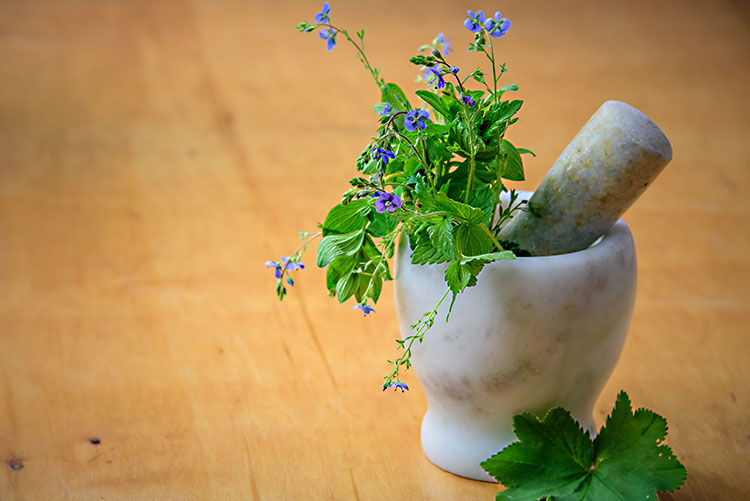I never could have imagined what true integrative care looks like until I visited integrative hospitals in China during my doctoral studies. Chinese and Western diagnostics were intertwined — from ultrasounds and blood work, to pulse diagnosis and tongue examination. Every patient got the best of both worlds. Each prescription, be it Chinese formulas and herbs, Western drugs, or both, was based on a comprehensive examination and integrative treatment plan.
China has a long history of treating infectious disease. They have endured more than 300 plagues, which necessitated the development of complex herbal responses. China’s COVID-19 protocols are based on these ancient herbal formulas. There is a plethora of research on both individual herbs and classic formulas. Some herbs strengthen aspects of the immune system such as T and B cell development and function, while others have antibiotic and antiviral qualities.
On February 10, 2020, the Chinese government mandated that all patients with COVID-19 be treated with Chinese herbal medicine in addition to Western therapies. The result was that more than 60,000 people with COVID-19 — AND the hospital workers who served them — were prescribed Chinese herbal therapy. Chinese doctors believe that preemptively prescribing immune-boosting herbal formulas to hospital workers may prevent them from contracting the disease.

A cornerstone method of prescribing Chinese herbal medicine is to start with a classical formula, then customize it to fit the patient’s needs. China’s National Health Commission released a “one size fits all” protocol to the world’s countries because there are not enough herbalists to personally oversee every COVID-19 patient. The other herbal protocols from Wuhan, Hubei and Zhejiang University vary slightly, but the core principles remain the same. They reflect the four phases of COVID-19 infection.
- The Immune Boosting Phase: Based on the ancient formula, Jade Windscreen, with antiviral herbs added. The virus that caused SARS is also a coronavirus, in fact it is 96% similar to COVID-19. Thus, specific herbs shown to inhibit SARS are added to this phase one formula in hopes of both boosting the immune system and killing any virus that may be introduced into the system.
- The Common Cold Phase: 80% of the people who contract COVID-19 will experience this phase. While symptoms vary, fever, dry cough and shortness of breath comprise the most common trio of symptoms. There are several potential herbal formulas used for this phase. For example, a small percentage first present with nausea, diarrhea and chills prior to the onset of shortness of breath. This would require a very different herbal formula than would a patient with high fever and cough. Irrespective of the Western diagnosis of COVID-19, physicians choose the appropriate formula and then modify it to fit the patient’s presentation.
- The Pneumonia Phase: The presentation the world fears. When the virus penetrates the lungs, it multiplies. Attempting to eradicate the virus, the immune system may respond in an inappropriate way, causing substantial inflammation (also known as cytokine storm). This serious complication results in the formation of mucus plugs making breathing difficult. At this stage, ventilators are used to assist breathing. In China, herbal medicine is used with ventilators to open the lungs, expel phlegm and fight the virus.
- Recovery Phase: Interestingly, one does not have to pass through the pneumonia phase to need help in the Recovery Phase. Clearly, after pneumonia, there is a need to help patient’s lungs recover their strength. However, those without evidence of pneumonia sometimes report shortness of breath after COVID-19. I just had a patient last week in this situation. Individualized formulas are given at this stage to restore overall vitality and help the lungs regain as much function as possible.
In my practice, I offer prescriptions based on the latest Chinese herbal protocols to COVID-19 patients recovering at home, under Western care, irrespective of the stage of illness via telehealth visits.
•••
Dr. Maureen Rozenn is a Doctor of Acupuncture and Oriental Medicine with a private practice in Santa Cruz. acupuncturesantacruz.net